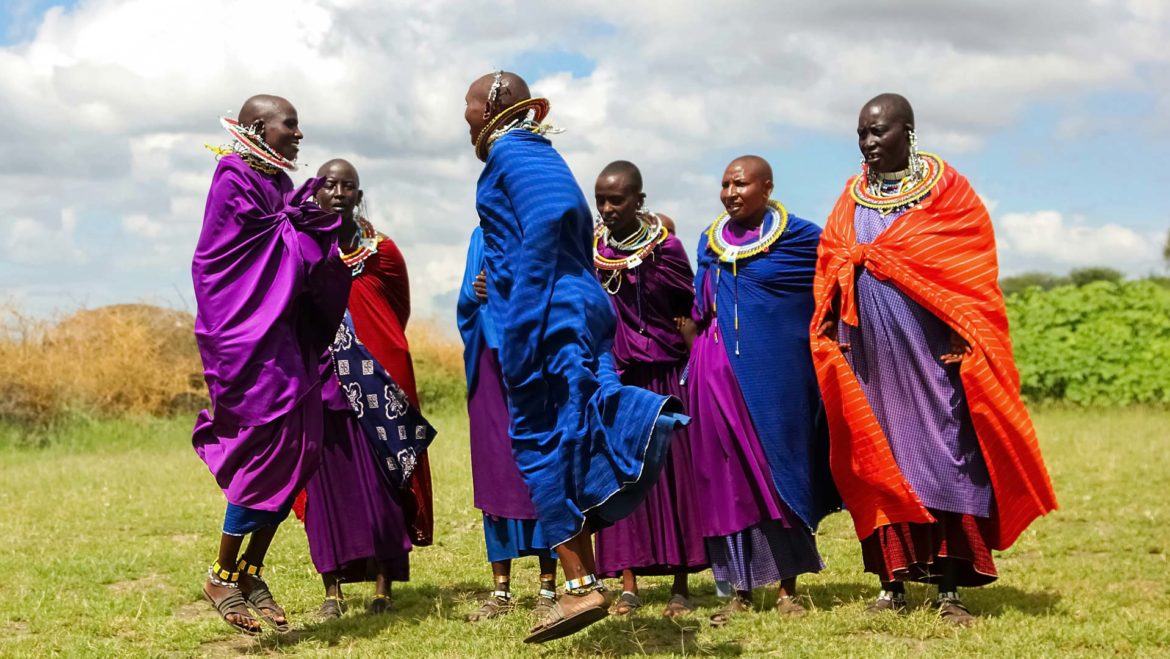
Agreements
Flexible agreements with indigenous groups are mutually beneficial; for companies they provide a means of securing long-term access to resources, lowering transaction costs and reducing disputes and legal action. And for Indigenous Peoples, agreements can positively redefine their relationships with mining companies, allow them to become partners and help maximise impacts of the project. Agreements also provide a governance mechanism to define roles and responsibilities.
For a greater understanding of this section please refer to Indigenous Peoples and Mining (p38)
Successful agreements
Successful agreements are those that build and sustain positive, mutually beneficial relationships and partnerships between indigenous groups and companies. Key defining factors include:
- Both parties view the process as fair and equitable
- Understanding there will be different views of importance and measures of equity and success
- Long-term development of goals and post-project sustainability is preferred to short-term compensation
- Providing intergenerational benefits for indigenous groups post mine closure
- Effective agreements should be flexible and provide a framework for governing the continuing relationship between project and indigenous community
- All parties should be willing to change and improve the agreement as circumstances require
- Proper implementation and monitoring of the agreement will add to the success
Managing impacts and sharing the benefits
For indigenous groups there are a number of benefits of entering into a negotiated agreement with mining companies; these include:
- Contribution to the community’s asset base
- Long-term sustainability of the community
- Greater community well-being due to sustainability of the community
- Employment and human capital
- New business opportunities
- Improving infrastructure
- Building capacity for community development
- Funding the recording of languages, stories and songs
- Establishing cultural meeting centres
- Supporting cultural workshops to maintain traditional skills and arts
- Sponsoring festivals
- Generating a market for traditional arts
- Incorporating cultural rituals into workforce inductions and company events
Components of agreements
The types of issues that can potentially be addressed in agreements include:
- Company support – not necessarily financial – in the development and implementation of community projects and initiatives
- Financial payments and disbursement arrangements
- Employment and contracting opportunities
- Impact management
- Governance arrangements
- Provisions that might be agreed in relation to the local community’s use of certain land
- The outlining of roles and responsibilities
- Mechanisms for implementing and monitoring agreements
- Mechanisms for grievances and concerns
- Objectives of agreements
- “Locking in” commitments
Implementation of agreements
Companies can implement agreements by ensuring:
- Agreement obligations are documented in an accessible form
- Responsibility for implementation is allocated at an early stage
- Someone from the company has overall responsibility
- Both company and community work together to achieve goals
- An up-to-date register is maintained to explain what actions have, and have not, occurred
- Continuous internal and external monitoring of compliance
- Capacity building of Indigenous Peoples remains a focus throughout the project cycle
Community, Economics, Environment, Ethical Business, Management, Rehabilitation
Fostering Local Culture and Language – Shoshone Youth Language Apprenticeship Program
Pioneering program to reinvigorate local language and culture and strengthen self-identity
Community, Economics, Environment, Ethical Business, Management, Rehabilitation
Raglan Mine: Company–Community Committee to Govern Agreement
An official forum to express concerns to the company’s past, current and future activities

